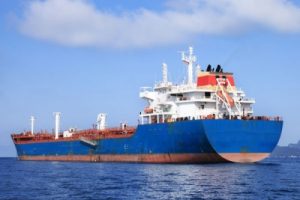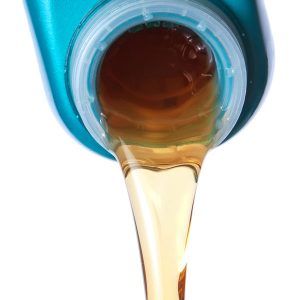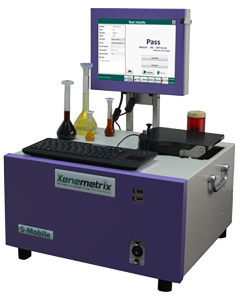Marine emission control
Marine Fuels & oils monitoring

The IMO (International Maritime Organization) continuously sets new standards in order to minimize and control the harmful polluting exhausts from vessel engines. IMO is the World’s largest maritime organization with over 170 member states and acts as a regulatory agency for the international maritime industry.
The monitoring and control of Sulfur oxides, named MARPOL Annex VI is divided between inside ECA (Emission Control Areas) and outside ECA.
These regulations are enforced both globally and locally by each country and failure to comply can lead to heavy penalties:
| IMO Regulations for SOx (Sulfur OxideS) Outside ECA: | IMO Regulations for SOx (Sulfur OxideS) inside ECA: |
| 4.5% (45000ppm) prior to January 1st 2012 | 1.5% (15000ppm) prior to July 1st 2010 |
| 3.5% (35000ppm) after January 1st 2012 | 1.0% (10000ppm) after July 1st 2010 |
| 0.5% (5000ppm) starting January 1st 2020 (expected) | 0.1% (5000ppm) starting January 1st 2015 (final) |
The powerful Energy Dispersive X-ray Fluorescence (EDXRF) analyzers of Xenemetrix are capable of more sensitive and precise analysis than can be expected from a laboratory class analyzer.
The Petro-Marine analyzer is designed to fulfill all key aspects of the marine fuels and oils industry. This includes: meeting the government regulations with regards to low Sulfur, and enhancing engine performance, avoiding engine failure at sea and minimizing operational costs:
- Cat Fines Detection-Cat fines are substances of Silicon & Aluminum compounds which are required as catalysts in the refining process. These particles can cause severe cylinder wall damage when present in large concentrations. The Petro-Marine system allows the ship owner to confirm the presence and magnitude of cat fines in the in fuel within seconds during the fuel purchase thereby avoiding potential engine failure.
- Lube Oils Monitoring– The concentrations of wear metals in engine lubricating oil can be directly related to the engine components and can indicate component wear. An engine maintenance program using the Petro Marine system which routinely measures concentrations of wear metals in oils, will avoid unexpected engine failure and ensure a high degree of safety. In addition, monitoring the contents of calcium, zinc and phosphorus reveals information pertaining to a diluted additive or improper choice of oil during engine maintenance.
- Water Contamination– The Petro-Marine system enables the detection of sea water contamination in marine fuels by analyzing the content of Na, Cl, Mg and K. The analysis is quantifiable and distinguishes levels that are not permitted.
- Fraud-Routine analysis can discover fraudulent mixing of used lubrication oil in bunker fuels.



